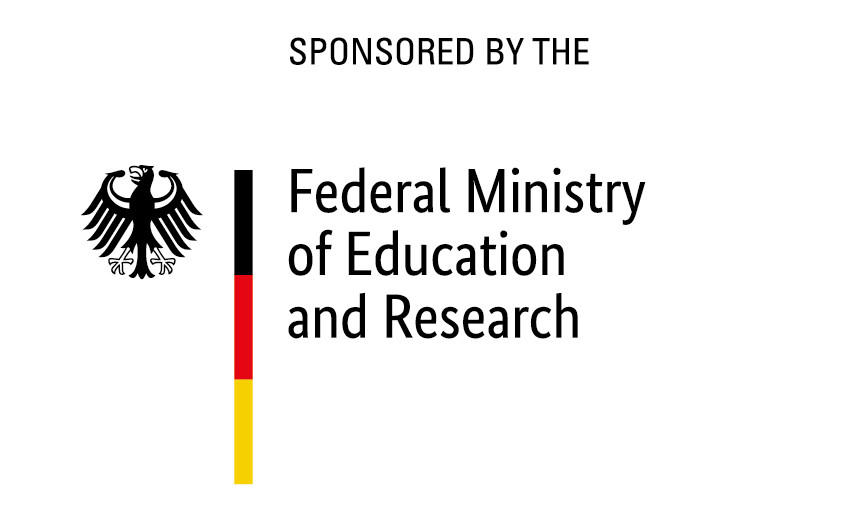
Welcome to OGGM-Edu!#
OGGM-Edu is an educational website about glaciers.
Our main goal is to provide tools and materials for instructors who want to teach about glaciers at school, in workshops or at the university.
For a general introduction and an overview, visit this recent EGU cryoblog post!
OGGM-Edu has four independent and complementary components:
Interactive apps, to illustrate glaciological processes with the help of interactive graphics on the web. The targeted audience is very broad, from school children to adults, with or without scientific background.
Graphics, open access images and graphics that can be used for lectures or presentations.
Interactive Notebooks, providing guidance to run and develop simple modelling experiments. The targeted audience are students at the undergrad or graduate level with some programming experience, or under the supervision of an instructor who can show them how to run the experiments.
OGGM tutorials, for current and future users of the Open Global Glacier Model. These notebooks are targeting graduate students or scientists aiming to learn how the model works.
OGGM-Edu focuses on interactive content and numerical glacier experiments. We do not provide resources about fundamentals in glaciology, climate science, or numerical methods: for more traditional textbook material, refer to Other educational resources, which OGGM-Edu intends to complement.
Interactive apps#
These interactive apps can be run on any computer with an internet connection.
Graphics#
Open access images and graphics that can be used for lectures or presentations.
Interactive Notebooks#
Collection of notebooks with simple experiments explaining one or more glaciological concepts. The The oggm-edu python package provides an intuitive and expressive interface to the OGGM model, highly simplifying the development of glacier evolution experiments. Read our Introduction to interactive notebooks first if you are new to these things.
New! Run your class on classroom.oggm.org
Since 2021, OGGM-Edu offers a new service for instructors: classroom.oggm.org is a JupyterHub server where you and your students can use OGGM-Edu without the burden of installing anything. See this blog post for an introduction.
OGGM tutorials#
These are more advanced notebooks, for those who want to use the OGGM model for research.
For instructors and teachers#
Thanks for considering OGGM-Edu for your classes! We’ve gathered some recommendations and guidelines here.
New! Teaching materials for glaciology labs now available.
If you are an instructor, visit our new resources especially for teachers on the OGGM-Edu in classes and workshops page.
Get in touch#
Interested in OGGM-Edu? We would love to hear from you!
All of this website and notebooks are located on GitHub.
Report bugs or share your ideas on the issue tracker.
Improve the website by submitting a pull request.
Follow us on Twitter.
Or you can always send us an e-mail the good old way.
Acknowledgements#
OGGM-Edu is an affiliated project of the larger OGGM consortium (oggm.org). It is mainly the work of volunteers, but we also had support from various sources:
the University of Innsbruck, Förderkreis 1669 – Wissen schafft Gesell schaft (2019-2020).
the German BMBF (project FKZ 01LS1602A, 2017-2019).
Google Cloud | Data Solutions for Change who provided cloud computing and hosting credits (2019-2020).
the University of Innsbruck, department of Digital Sciences (Neue Medien Projekte, 2018).
the OGGM e.V. organisation, who supported the creation of the OGGM-Edu logo and of the glacier graphics.




We rely on awesome open source tools to run OGGM-Edu! Most notably:
and many (many) other packages of the scientific python ecosytem
Last but not least: thanks to all OGGM-Edu friends and contributors! For a full list, see our github repository.



